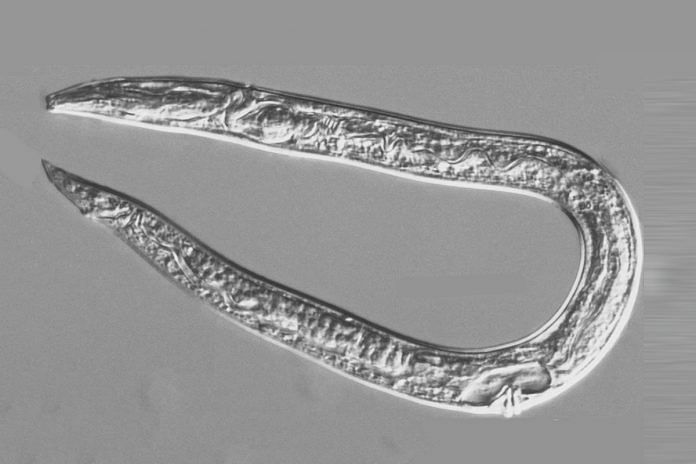The Siberian cold sets the stage for excellent preservation, and scientists flock to the region today to dig into the Earth’s archives.
Bengaluru: It’s a science-fiction junkie’s dream come true. Worms frozen for nearly 32,000-42,000 years in Siberia’s coldest parts emerged alive when scientists thawed their icy shield, according to a recent study published in Doklady Biological Sciences, a journal presenting English translations of Russian research.
The worms, nematodes, are now the oldest living organisms in the world — old as the ice samples they came from, 32,000 years in case of one, and 42,000 in another.
They were found in pre-historic squirrel burrows that had collapsed and frozen. The worms and the ice they were frozen in were carefully carried in temperature-controlled Petri dishes to a lab where they were gently thawed.
When the ice thawed over the course of several weeks, two female worms out of the more than 300 embedded in the ice, came out alive. Over the next few days, the behaviours they exhibited included moving and eating.
“We have obtained the first data demonstrating the capability of multi-cellular organisms for long-term cryobiosis in permafrost deposits of the Arctic,” wrote the authors in their paper.
Cryobiosis refers to a process where a body’s metabolic processes are halted or stalled to death-like levels with the help of very cold temperatures — all for the purpose of preservation and later revival.
It’s a staple in modern-day science fiction, humans preserved in deep sleep for several years or decades before they’re due to wake up. This theoretical idea also has applications in real life. As we develop space exploration and set off to explore destinations farther away, a point will come when we need to send humans to such distances as well.
It is expected that by the time we design a craft that can travel to, say, the nearest galaxy, we will also have the technology to safely preserve human bodies so that they can enter a state of deep sleep and wake up close to the destination. A la 2001 A Space Odyssey.
Permafrost preservation
Nematodes are roundworms ranging in length from a few millimetres to a metre. They are typically a few microns thick. Much like their well-known cousins, the tardigrades, nematodes can survive in all kinds of extreme environments.
They have been found in the deepest of oceans, the hottest of volcanoes, and the coldest of mountains. They come in more than 30,000 species, make up over 90 per cent of the animals on the ocean floor, over 80 per cent of all animals on earth, and are found in abundant quantities inside humans as parasites too.
One of the samples in question was recovered from a remote corner of northeastern Siberia, where the river Kolyma remains frozen several metres deep for much of the year. It lends its name to the surrounding region, which falls fully within the Arctic. This worm was dated to 42,000 years ago.
The other sample was taken from Alazeya River region of Yakutia, Russia, and dated 32,000 years back. The ice in these parts of the world stays on the ground for the entire year. For years and decades on end, in fact, and the permanent ice cover on the ground is called ‘permafrost’.
Also Read: Greening may not be the answer to a warming planet
The cold sets the stage for excellent preservation and the remoteness of the location has made for an ideal setting for secret science labs through history. More horrifyingly, this region was where the notorious Gulag labour camps flourished, where more than 100,000 people were killed and archival documentation on atrocities systematically destroyed under Vladimir Lenin and Joseph Stalin.
Today, scientists flock to the region to dig into the Earth’s archives.
Permafrost is built up as layers and layers of ice. When scientists dig through the metres-deep ice and extract a “core sample” — a tubular section of ice — they perform the equivalent of peering through a history book.
The long column of ice appears to be like discs stacked one upon the other, each representing a different period in history with different kinds of life forms and gases in the air.
It is possible to isolate these discs and study them individually to obtain large amounts of information about the period they belonged to, when the ice fell fresh from the skies and buried with it dead creatures and toxic gases for us to discover.
Nematodes have previously been revived after being dormant for about 40 years.
The new findings are particularly significant for scientists to study and deduce the mechanism for RNA preservation, and take us an inch closer to goals that push humanity further into science’s unknown frontiers.
Also read: Greening may not be the answer to a warming planet



